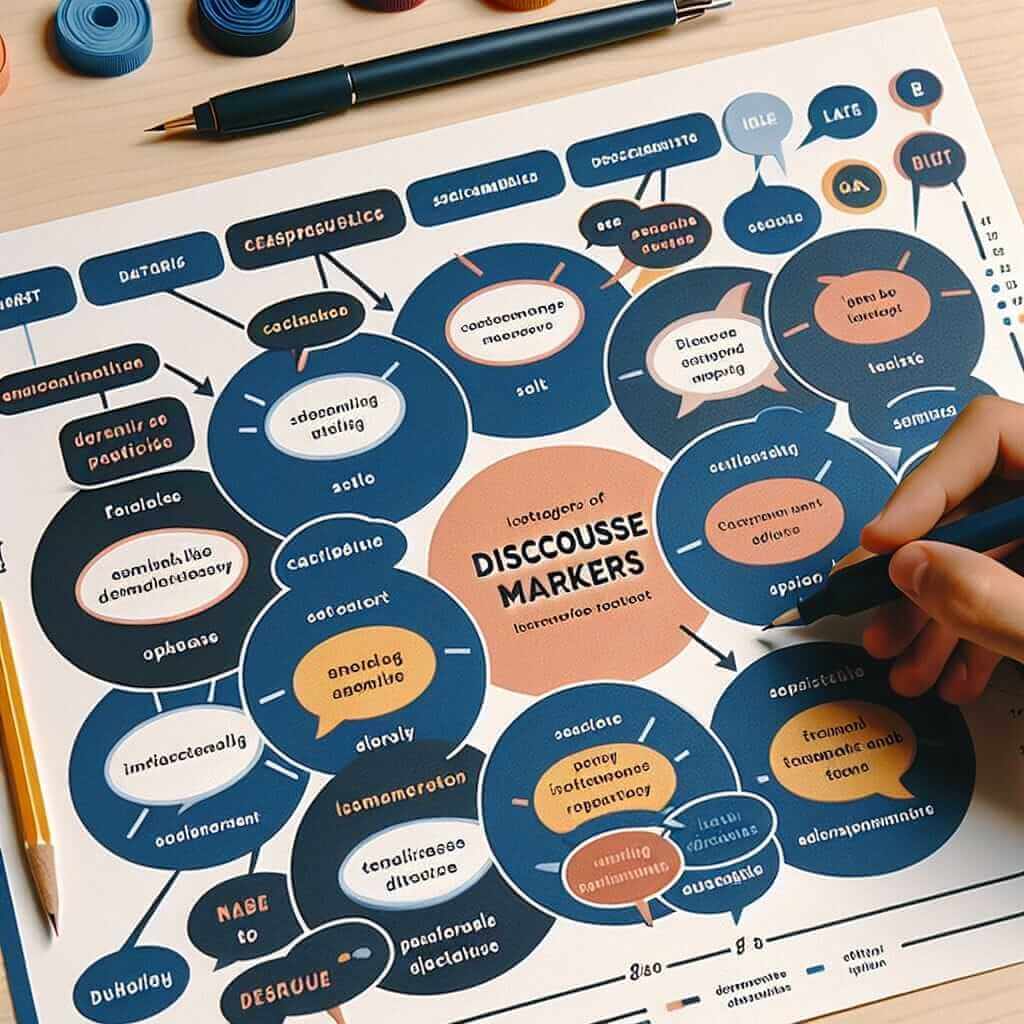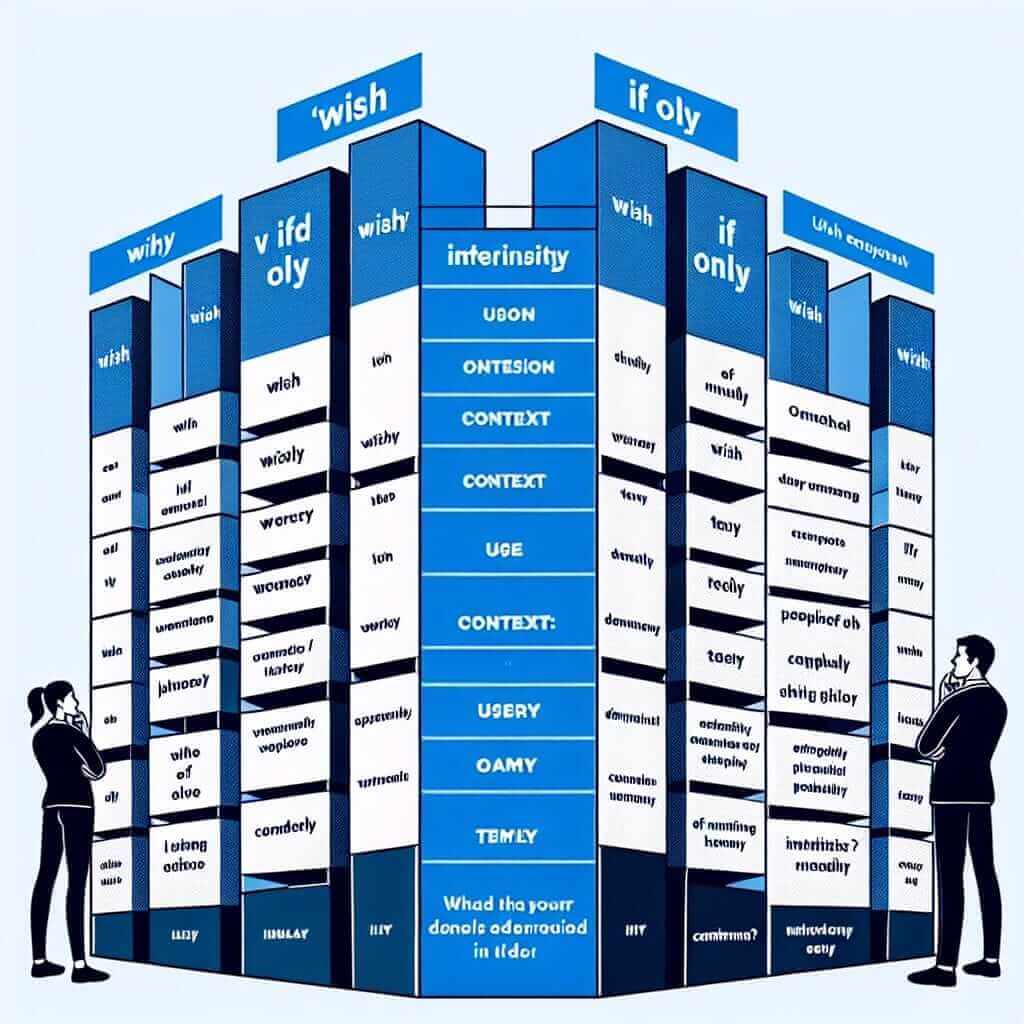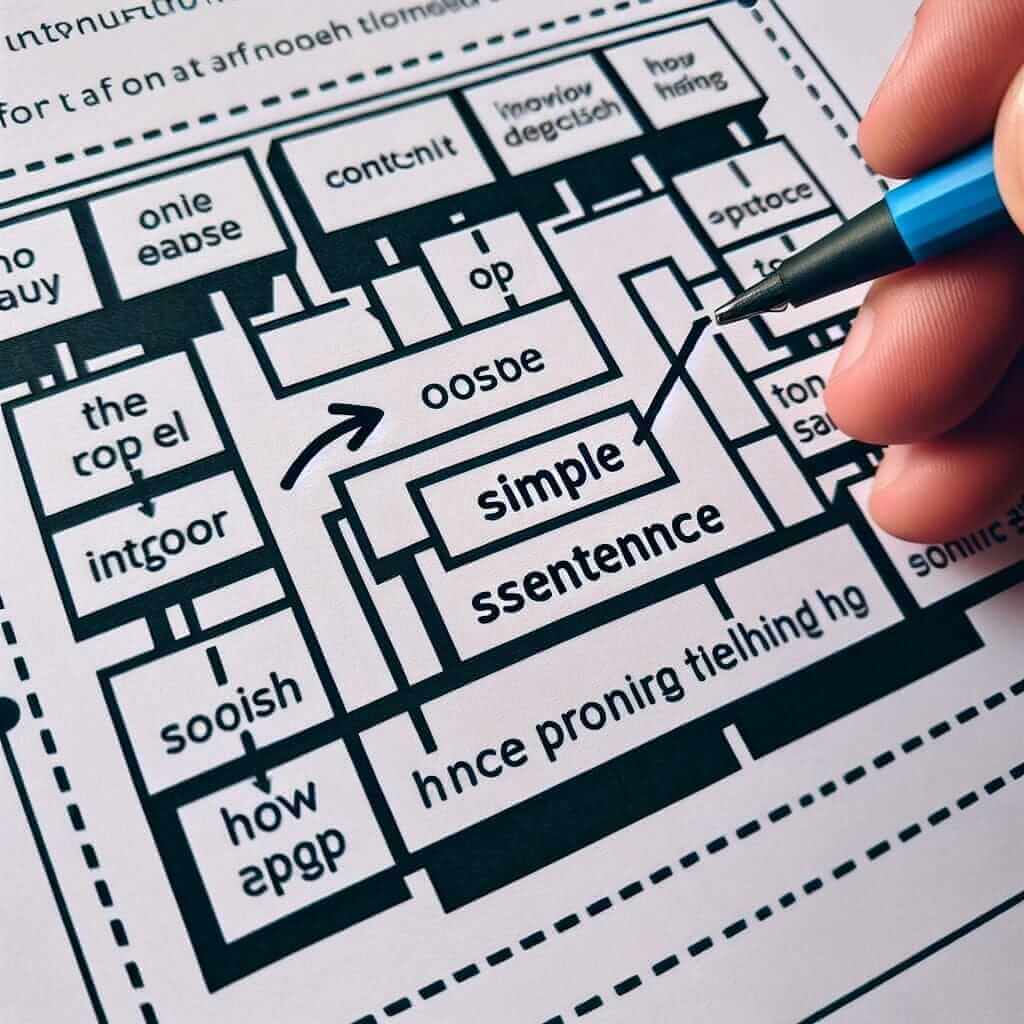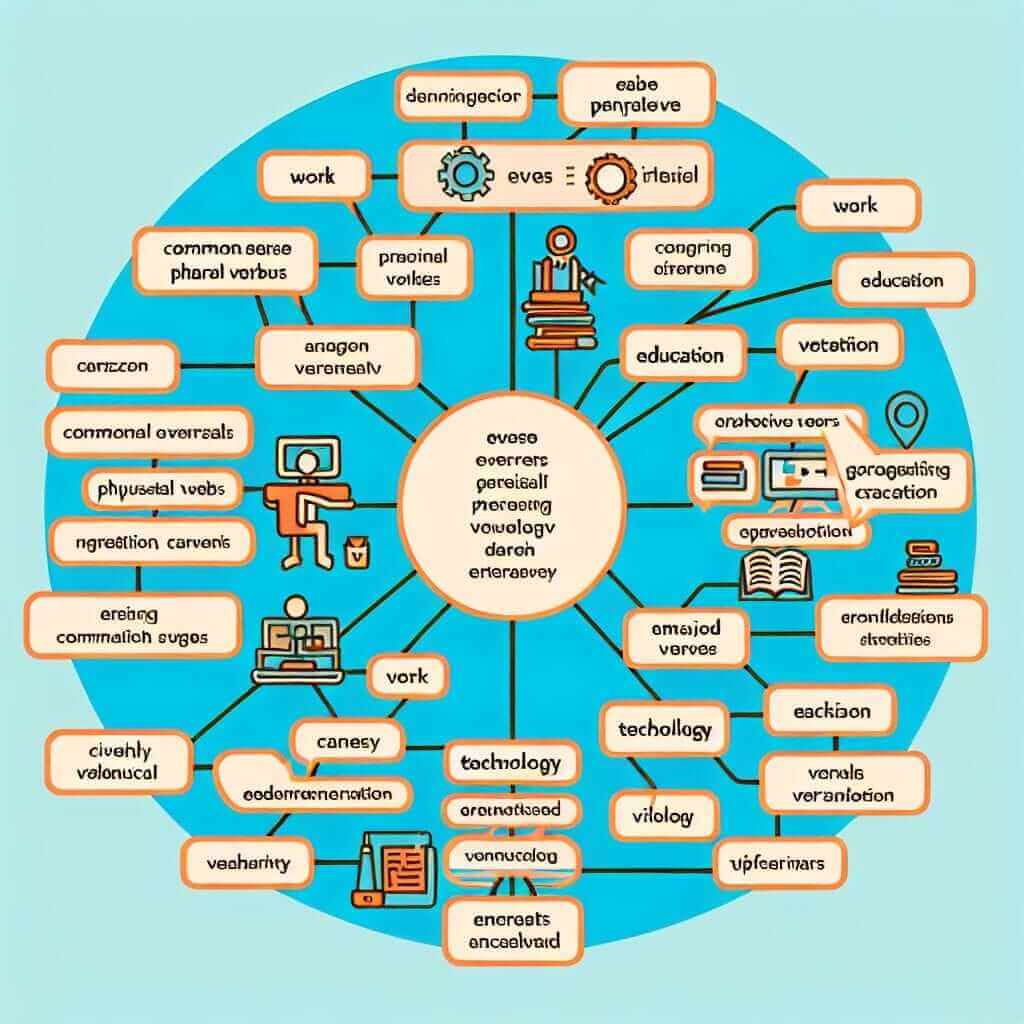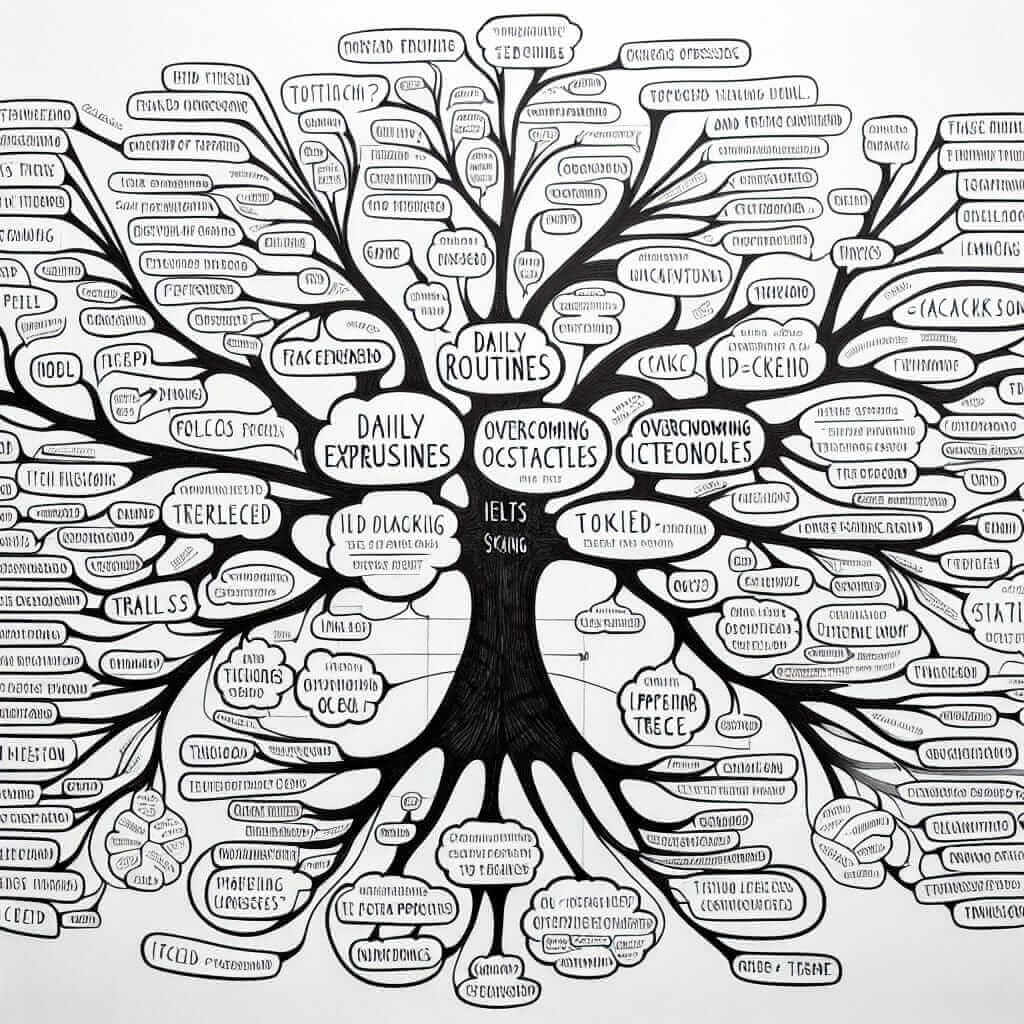Posted inGrammar
Posted inGrammar
Mastering “Used To” for IELTS: A Guide to Discussing Past Habits
The construction "used to" is a common sight on the IELTS exam, often appearing when past habits or states are…
Posted inGrammar
Mastering Correlative Conjunctions: Elevate Your IELTS Score
Correlative conjunctions – those dynamic duos like "either…or," "neither…nor," and "not only…but also" – can add sophistication and clarity to…
Posted inGrammar
How Can I Effectively Use Discourse Markers Like “Firstly, Secondly, Finally” to Improve My IELTS Score?
Discourse markers are words or phrases that connect ideas and sentences, guiding the reader through your writing or speaking. They…
Posted inGrammar
How Can I Express Regrets Effectively in IELTS Speaking using ‘Wish’ and ‘If Only’?
"Wish" and "if only" are two common expressions used to convey regret or a longing for something different. Mastering their…
Posted inGrammar
How Can I Effectively Use Emphatic Structures (It is/was… that/who…) to Achieve a High IELTS Score?
Emphatic structures, also known as cleft sentences, are used to emphasize a particular part of a sentence. This structure is…
Posted inGrammar
Mastering the Present Continuous Tense for IELTS Success
Are you struggling to express actions happening right now in your IELTS speaking and writing? Do you want to boost…
Posted inGrammar
Mastering Phrasal Verbs for IELTS Success: A Comprehensive Guide
Phrasal verbs, those pesky combinations of verbs and prepositions or adverbs, can be a real challenge for IELTS test-takers. They're…
Posted inGrammar
How Can I Effectively Use Fixed Expressions and Idioms in the IELTS Speaking Test?
Fixed expressions and idioms are groups of words that have a meaning different from the literal meaning of the individual…
Posted inGrammar
How to Master the Future Perfect Tense for IELTS Success
The future perfect tense is a key grammatical structure that can significantly enhance your IELTS writing and speaking performance. While…



